
The sun beats down on a forgotten piece of New Mexico desert as dozens of extras try in vain to stay cool. While those in Native American warrior garb casually munch on ice cream bars from catering, the women, dressed in heavy 19th-century dresses, attempt to use their skirts to shield their heads from the unforgiving heat — they care little for the mounds of dust already caked on them.
“It’s like I’m basically playing ‘[Red Dead] Redemption’ every day,” director Jon Favreau comments as the crew readies for the next shot. It’s hard not to agree with him when so many people seemingly straight out of the Wild West — and yes, more than a couple of cowboys — are milling about casually, weapons in hand. Every so often the dust kicks up, whether because of the little bit of wind we’re getting or because they turn on a special machine to kick around a bit of dirt.
By now my nice white hat is coated with a thin layer of red dust. When Universal Studios invited me to come visit the set of their upcoming film, COWBOYS & ALIENS, they warned things would get a little hot but no one ever mentioned the dust — even though Favreau and crew have spent quite some time with it and the demands brought about by shooting on location in the middle of a New Mexico summer.

“I love it, you know,” Favreau explains. “When you’re traveling out to a remote location, it’s hard. This ground is nice and level because this is a flood plain, so if it starts to – the weather here’s crazy — if the thunderheads come in and it starts to rain, we have to evacuate. Otherwise, you know, we’ve been up to our – we’ve been sitting like this, and then we’ve been up to our knees.”
With green screens and CGI gaining more and more acceptance everywhere, it would have been easy enough for Favreau to take the path of least resistance and shot everything on a very predictable, and very air conditioned, sound stage. But in taking on the task of combining two seemingly two disparate genres — the western and sci-fi — Favreau has committed himself to paying to tribute to both at their finest.
“We tried to reference stuff and make it fit into the cultural memory of alien stuff,” explains Favreau before rattling off some of his favorite alien movies, including ALIEN and PREDATOR. “[W]e’re definitely going for more of the horror side of the alien movies – and although we have quite a bit of CG – I like the way they told stories before – before you could show everything with CG. And it was a real unveiling of the creature, little by little, and using lighting and camera work and music to make it a very subjective experience. And so we tried to preserve that here, even though we have [PH] ILM and we could show everything from the beginning, it’s nice to let things unfold, in a way – especially because you’re seeing through the eyes of these people in this Western milieu. And then for the Western, we really tried to embrace that and not try to update it too much or change it or make it more accessible for a younger audience. We figured that the alien side of things hopefully will take care of the people who don’t know the Western, but for people who love Westerns, let’s do it using all the archetypes of the classic Western films. So we’re really trying to do something, you know, we’re really trying to do something classic here, and that feels like it could have been made at an earlier time.”
Though many aspects of the film, even the more alien parts, are present on set today, that doesn’t mean that we’re allowed to see everything or talk about what we did see. Walking down the trail from set, we see a couple of crewman taking stock of some items hidden under a tarp when a sudden gust of wind lifts up a corner exposing some decidedly non-human appendages. They rush to push it back down. Too late.

Favreau’s back to work, and we’re left to watch a TV screen that pipes in for us the footage being shot. Every so often, the action stops as the crew waits for sudden cloud coverage to disappate. Consistency is the key on this set, and that extends to everything.
Roberto Orci, who is producing the film alongside the likes of Steven Spielberg, Ron Howard, Brian Grazer, and Alex Kurtzman, comes over to greet us and answer more of our questions about this kitschy-comicbook-turned-feature-film.
“We’re playing it very straight. That’s why the twist is that there’s aliens. There’s not another twist on top of that. Being funny about it or making sort of ironic casting choices or something would have been what they call a hat on a hat. And seeing what those movies [e.g. WILD WILD WEST] did, without condemning them in any way, we knew we wanted to do something a little bit different and make sure that it really is, “We interrupt this movie to bring you this movie.” Literally, this movie could keep going as a Western, and it would be a compelling story and everyone would be happy.”
But not everyone is happy in this film. Set in a Wild West town that’s already beleaguered by enough human hooligans of its own, COWBOYS & ALIENS sees a mysterious cowboy (Daniel Craig) moseying onto the screen right in time for aliens to lay siege to everything both the townspeople and Western fans know to be true. This time, it’s not as simple as having a showdown at high noon. Aliens are invading and the most advanced technology they may have is a rifle.
Of course, seeing Craig sauntering around the set makes you think that the aliens are the ones at a disadvantage. With piercing blue eyes that are clearer than any water you can ever hope to find in the desert, Craig is every bit the picture of a cowboy — one that even Clint Eastwood would be hard-pressed not to tip his hat to.

Favreau seems to agree, adding, “[Craig] looks remarkably like, you know, Steve McQueen did in the 70’s. It’s interesting, because you think of him as James Bond, but the minute you put him in – you’ll see him in his whole kit, as he calls it – his whole outfit – and he feels really – you know, like the type of actor that you could cast back in the 60’s or 70’s.”
Funny that he didn’t say the 80s though, as the one actor that could have been cast in a western during that time, and yet never was, is also on set, helping to bridge the gap between sci-fi and the Wild West. That man is Harrison Ford as Colonel Dolarhyde. Having originated the part of Han Solo, a cowboy in his own right, Ford is finally kicking up dust and fighting on the frontier in a role that places him as would-be adversary to Craig’s character. But it’s not as simple as that — not with aliens invading.
“That’s what’s great,” proclaims Orci. “If aliens hadn’t landed, this movie would be about how Daniel and Harrison are adversaries. And actually, Harrison would be the villain. And so that’s the trajectory that the movie’s taking. It’s only the interruption of this other genre that forces them to work together.”
Then again, just as Craig and Ford’s characters might have more in common than they originally thought, perhaps sci-fi and westerns aren’t really as dissimilar as some people think. Sure, one relies upon bullets vs. arrows, and the other pits spacesuits against laser technology and beyond, but at their core they’re both about exploring new frontiers and dealing with the obstacles that may arise, whether inward or outward.
As Favreau puts it, “What’s nice about both sci-fi and the Western, [is that they] usually represent some conflict that’s being brought up to a larger [scale], you know, for the sake of the opera of making it into a movie – things are bigger than life. But it’s really dealing with very human elements – coming of age, being challenged, bringing you know, civilization, overcoming – whether it’s the savage side of yourself or taming the West. Both of the genres are usually very character based and deal with human frailty. And both of them deal with loss a lot, and death. The gunfighter has to move on.”
The sun still burns over the set of COWBOYS & ALIENS, but it’s time for me to get out of Dodge, leaving a dusty trail behind. It’s August 2010 and the film is nearly a year away. Is that enough time for sci-fi and Westerns to work out the differences they have?



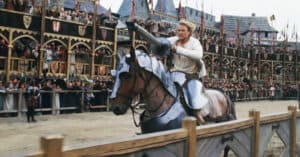
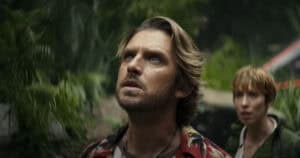

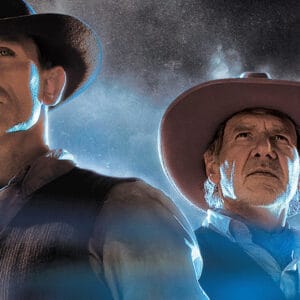
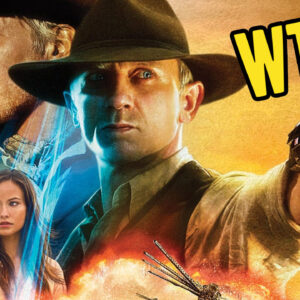

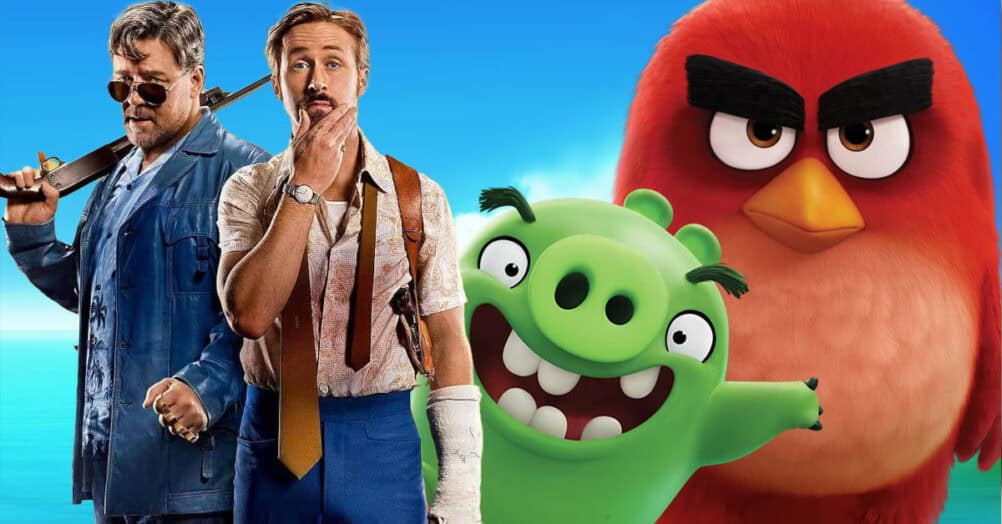
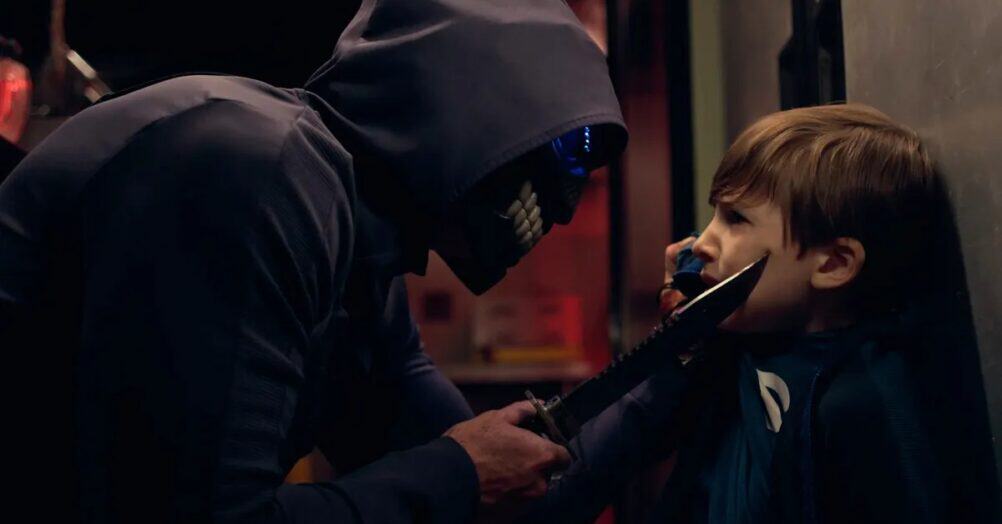
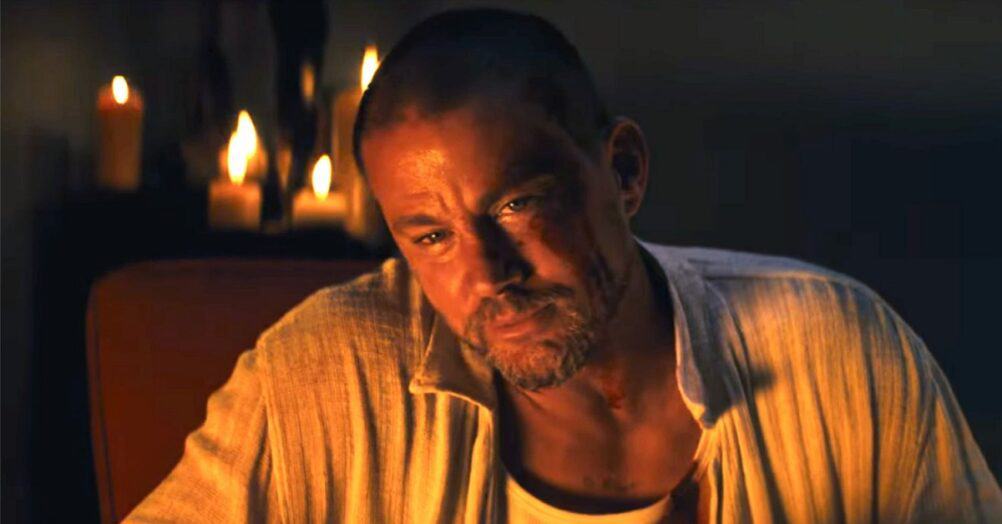
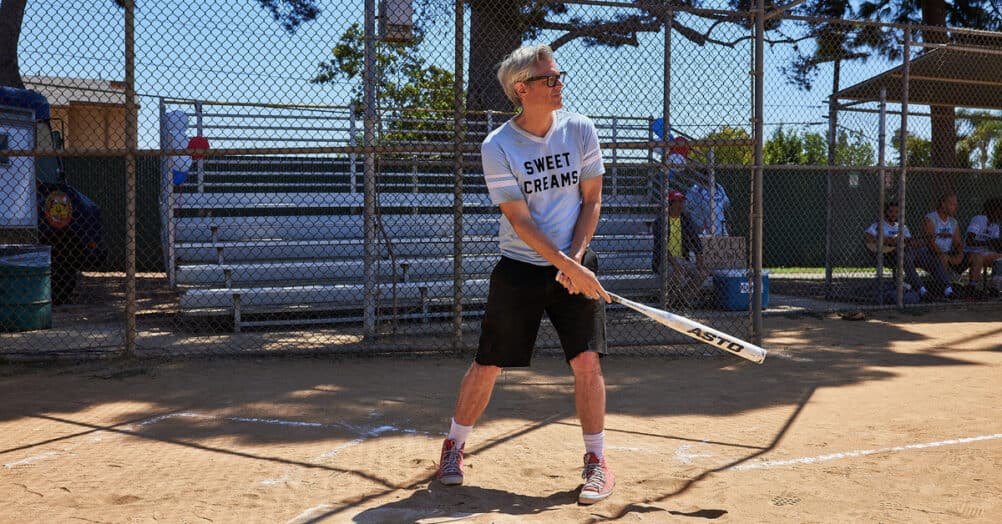
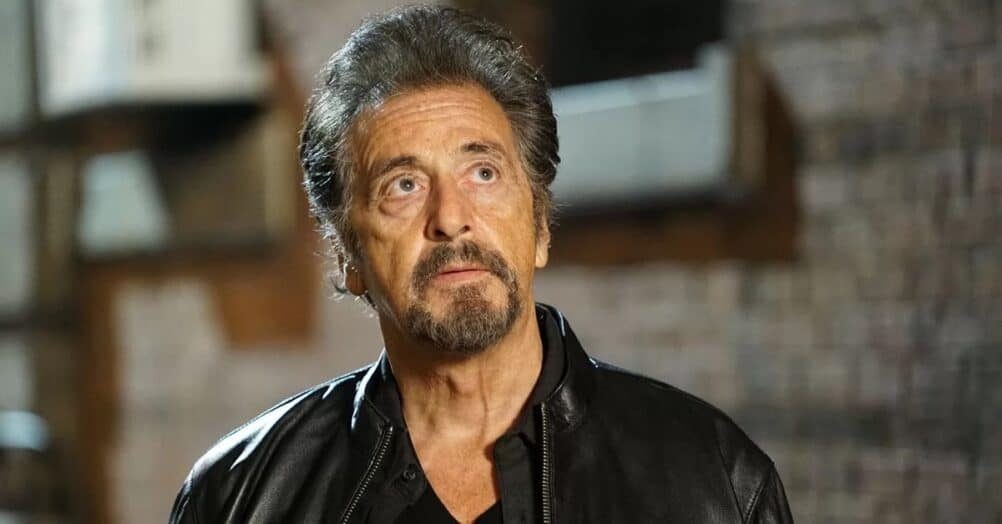
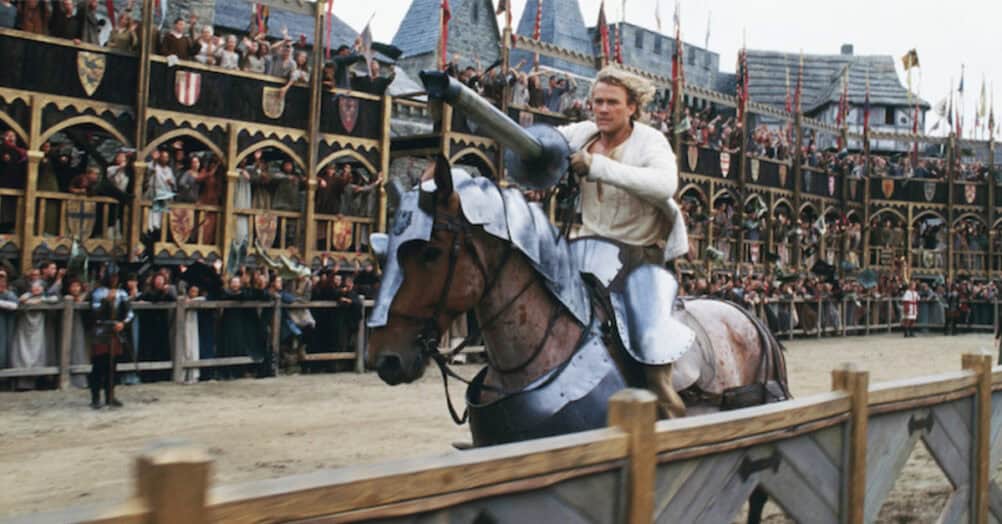
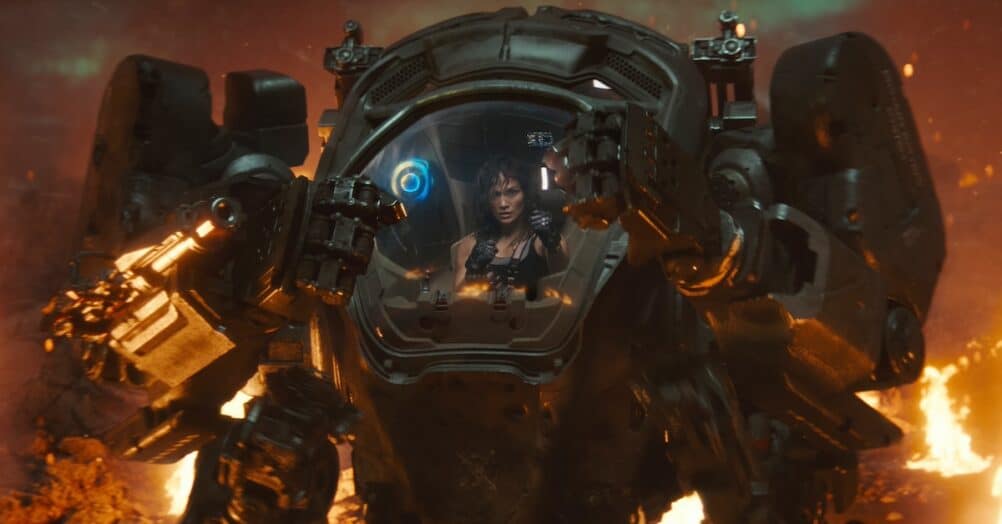
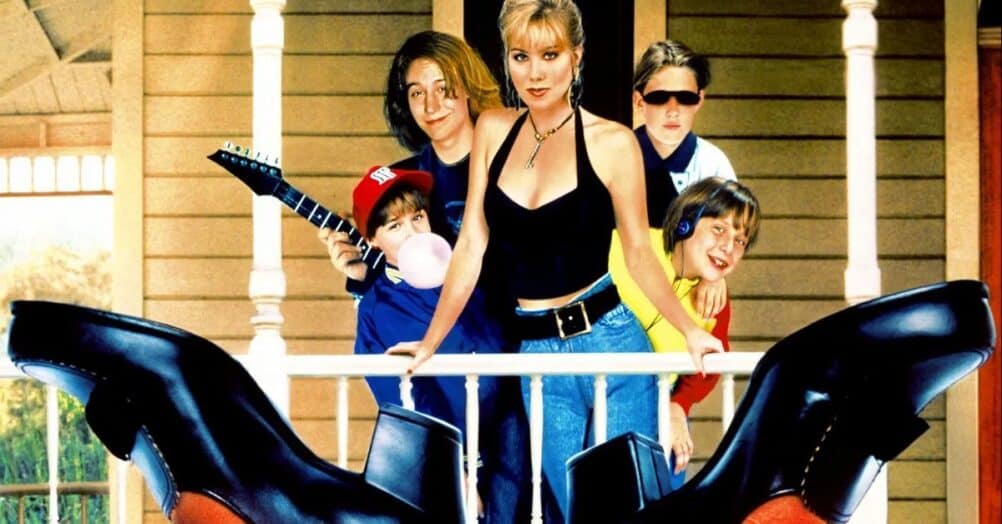

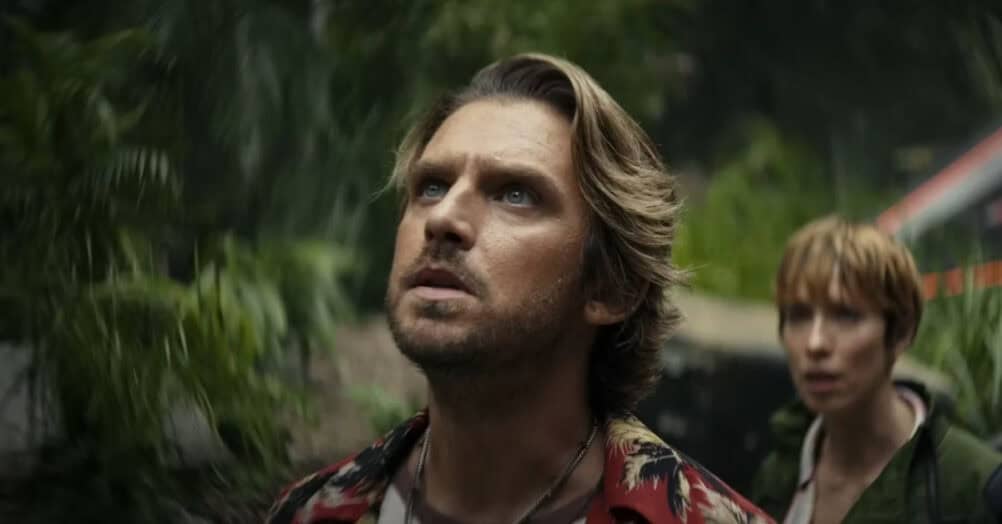
Follow the JOBLO MOVIE NETWORK
Follow us on YOUTUBE
Follow ARROW IN THE HEAD
Follow AITH on YOUTUBE